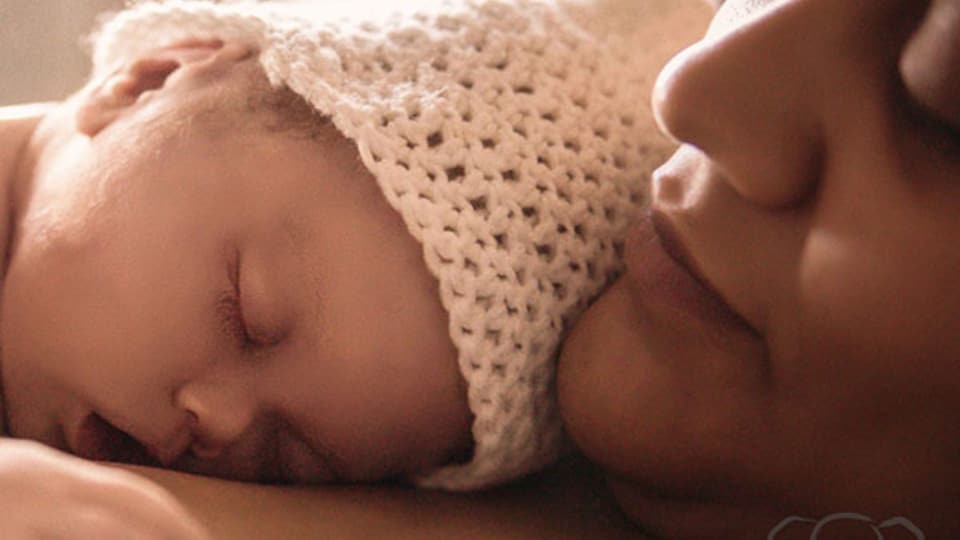Key points
- Stillbirth is more common than people may realize and remains a sad reality for many families.
- If you’re pregnant and you experience something that seems unusual or is worrying you, talk to your healthcare provider.

What it is
A stillbirth is the loss of a baby after 20 weeks of pregnancy. Stillbirth is different from miscarriage. In the United States, a miscarriage is usually defined as the loss of a baby before the 20th week of pregnancy.
Stillbirth is further classified as early, late, or term:
- Early is the loss of a baby between 20 and 27 weeks of pregnancy.
- Late is the loss of a baby between 28 and 36 weeks of pregnancy.
- Term is the loss of a baby at 37 or more weeks of pregnancy.

Who is at risk
Stillbirth occurs in families of all races, ethnicities, and income levels, and to women of all ages. However, stillbirth occurs more commonly among certain groups of people including women who
- Are 35 years of age or older
- Are of low socioeconomic status
- Smoke cigarettes during pregnancy
- Have certain medical conditions, such as high blood pressure
- Are pregnant with more than one baby (such as twins or triplets)
- Have had a stillbirth in the past
Stillbirths also occur more often to women in certain racial or ethnic groups. In 2020, stillbirth occurred among non-Hispanic Black women two times more often than among non-Hispanic White and Asian or Pacific Islander women.12
Health disparities in stillbirth are not rooted in biological or genetic differences between races and ethnicities. These disparities can be attributed to many underlying causes, including access to quality health care, pre-existing health conditions, and structural discrimination. Investigating these disparities is an important part of creating programs to reduce them.
Adrian's story
What CDC is doing
CDC works to learn more about who had a stillbirth and explores whether we know why. CDC does this by tracking how often stillbirth occurs and researching what causes stillbirth. Knowledge about the potential causes of stillbirth can be used to develop recommendations, policies, and services to help prevent stillbirth. While we continue to learn more about stillbirth, much work remains.
- Gregory EC, Valenzuela CP, Hoyert DL. Fetal Mortality: United States, 2020. Natl Vital Stat Rep. 2022 Aug;71(4):1-20. PMID: 35947824.
- Hoyert DL, Gregory EC. Cause-of-death Data From the Fetal Death File,2018-2020. Natl Vital Stat Rep. 2022 Oct;71(7):1-20. PMID: 36301230.
